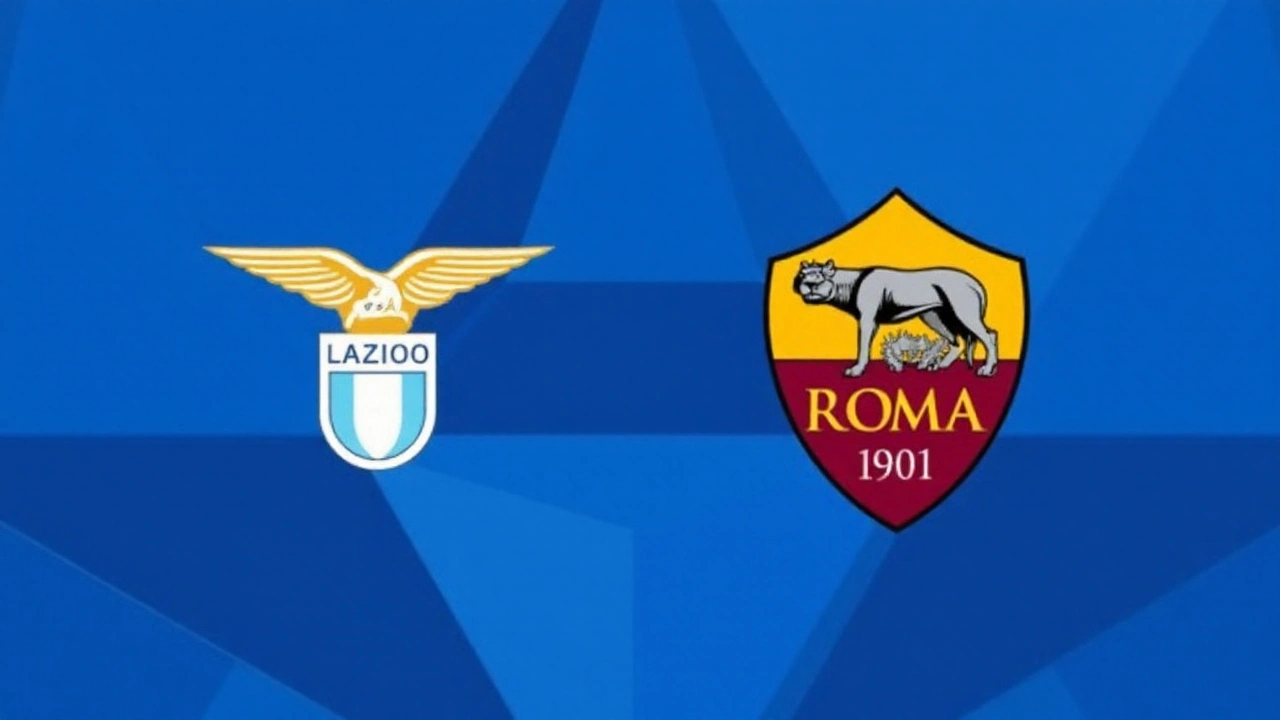- Malawi's Urgent Search for Missing Military Plane with Vice President: International Support Pouring In Jun 12, 2024
- Lok Sabha Election Results 2024: BJP-Led NDA Leads Early Trends, Congress Seeks to Close Gap Jun 4, 2024
- Super Eagles Prepare for AFCON Qualifiers with Early Arrivals at Abidjan Camp Nov 12, 2024
- PSG Eager to Reverse 1-0 Champions League Setback Against Borussia Dortmund May 7, 2024
- Manchester United's Ambitious Moves: Targeting Xavi Simons and Matthijs De Ligt Jun 17, 2024
Football Injuries: Prevention, Signs, and Recovery
If you love football, you also need to know the risks that come with the game. A sprained ankle, a pulled hamstring, or a concussion can turn a fun match into weeks of rehab. The good news is that most of these injuries can be avoided or treated fast if you spot them early and follow simple steps.
Typical Injuries on the Pitch
Most football players suffer from three main problems: muscle strains, joint sprains, and head blows. A hamstring strain happens when you sprint and the muscle pulls too hard. It usually feels like a sharp pull in the back of the thigh and makes it hard to run or kick.
Ankle sprain is another classic. It occurs when you twist the foot awkwardly, often after a sliding tackle. Swelling, bruising, and pain on the side of the ankle are the usual signs.
Concussions get more attention after high‑profile cases like the recent head injury to a Premier League midfielder. A concussion can cause dizziness, confusion, or a headache that won’t go away. If a player feels any of these, they should stop playing immediately.
Other common issues include knee ligament tears (especially the ACL) and shin splints. Knee injuries typically happen after a sudden change of direction, while shin splints cause a dull ache along the front of the lower leg, often from overtraining.
Quick Steps to Stay Safe and Heal
First, warm‑up properly. A five‑minute jog followed by dynamic stretches—leg swings, lunges, and hip circles—gets the blood flowing and prepares muscles for sudden bursts.
Second, wear the right gear. Properly fitted studs, shin guards, and supportive socks help reduce the impact on joints and protect against knocks.
If you feel a strain, use the R.I.C.E. method: Rest, Ice, Compression, Elevation. Ice the area for 15‑20 minutes every two hours, wrap it with a light bandage, and keep it raised above heart level.
For ankle sprains, a simple ankle brace can give extra stability while you rehab. Gentle range‑of‑motion exercises after a couple of days—like ankle circles—keep the joint from stiffening.
Hamstring pulls need gentle stretching after the initial pain eases. Light jogging, then gradual stretching, helps regain flexibility without re‑injuring the muscle.
Concussion signs require a medical check right away. No one should return to training until cleared by a doctor, even if they feel fine.
Strength training is a long‑term fix. Exercises like squats, lunges, and core work build the muscles that protect joints. Doing two short sessions a week can cut injury risk dramatically.
Hydration and nutrition also matter. Muscles cramp more when you’re dehydrated, and a diet rich in protein and vitamins supports faster tissue repair.
Finally, listen to your body. If pain lingers after a few days, see a physiotherapist. Ignoring small aches often leads to bigger problems down the road.
In short, the best way to deal with football injuries is to prevent them first, recognize the warning signs fast, and act quickly when they happen. Follow these tips, stay aware on the field, and you’ll spend more time playing and less time in rehab.
Derby della Capitale preview: Lazio vs Roma lineups, injuries and odds
- Katlego Sean Mahaye
- Sep 22, 2025
The 186th Derby della Capitale kicks off at the Stadio Olimpico with both sides nursing defeats. Lazio sit 12th with three points, while Roma are sixth with six. Key absentees include Castellanos, Rovella, Dybala and Bailey. Betting markets tilt slightly to Roma and favor under 2.5 goals. The clash could set the tone for each club's season.
